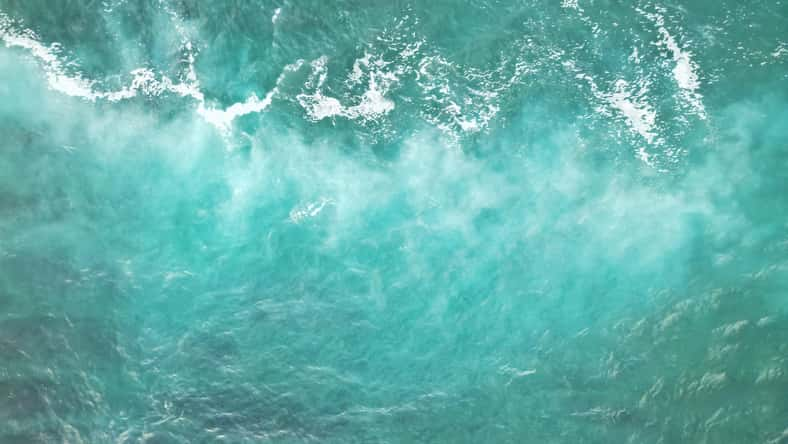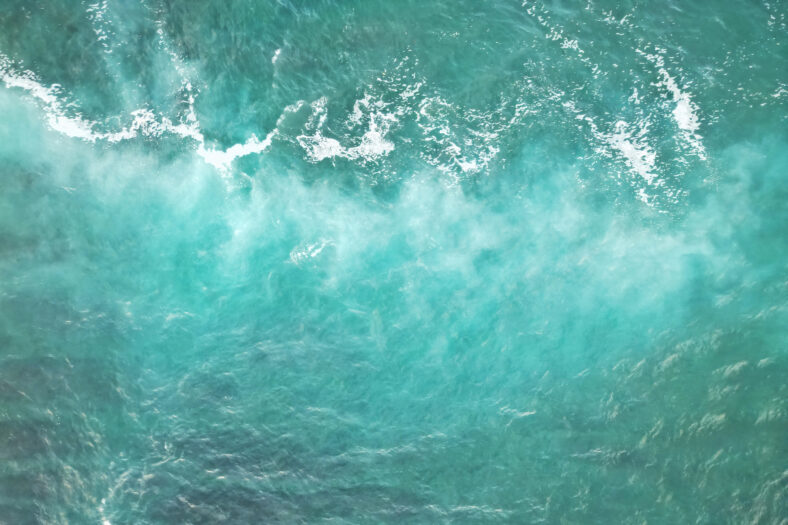Scientists Have Been Puzzled About A Mysterious Ocean Phenomenon For Over 400 Years That Causes The Water To Glow

For more than 400 years, sailors have reported a mysterious phenomenon in which the ocean appears to glow bright green or blue.
Many historical accounts throughout the decades and in various locations have documented the nighttime display, which has been called the “milky seas.”
In one account from 1854, the captain of the American clipper ship Shooting Star described the scene off the coast of Java, Indonesia: “The whole appearance of the ocean was like a plain covered with snow. There was scarce a cloud in the heavens, yet the sky…appeared as black as if a storm was raging.”
In 1967, J. Brunskill, an officer sailing through the Arabian Sea aboard the SS Ixion wrote: “The sea from horizon to horizon in all directions took on a phosphorescence glow…the moon had just set and the whole sea was several shades lighter than the sky.”
Nearly a decade later, another crew aboard the MV Westmorland experienced a similar event in the Arabian Sea. These events have been difficult to study due to their rarity. They also occur in remote regions of the ocean.
Now, researchers from Colorado State University might have an explanation for the bioluminescent displays. Based on the characteristics of the light and how long it lasts, they think bacteria is behind it.
They compiled known sightings of the milky seas from the last 400 years to create a new database. They hope that the database will help scientists predict an event and study it more in-depth.
Most milky sea sightings take place in the Arabian Sea in the northwest Indian Ocean, south of Java, and in Indonesia’s Banda Sea.
The incidents are also linked to two large weather patterns: the Indian Ocean Dipole and the El Niño Southern Oscillation.

Sign up for Chip Chick’s newsletter and get stories like this delivered to your inbox.
A research vessel was able to collect a water sample during a milky seas event in 1985, revealing the presence of a luminous bacteria called Vibrio harveyi. This is potential proof that milky seas result from some kind of biological process related to the bacteria.
In addition, the regions where milky seas happen most frequently tend to experience upwelling, which is when strong winds push cold, nutrient-rich water toward the ocean’s surface. Upwelling can also happen during the Indian Ocean Dipole.
Further study of milky seas could answer many questions about why they occur and how they affect ocean ecosystems.
“Milky seas could be a sign of something like a very good, healthy ecosystem. They could be a sign of an unhealthy ecosystem, and we just don’t know,” said Justin Hudson, the lead author of the study and a doctoral student at Colorado State University.
“And so, by being able to predict when and where they’re going to happen, we can start answering those questions about…where it fits in our whole global, interconnected Earth system.”
The study was published in Earth and Space Science.
More About:News





